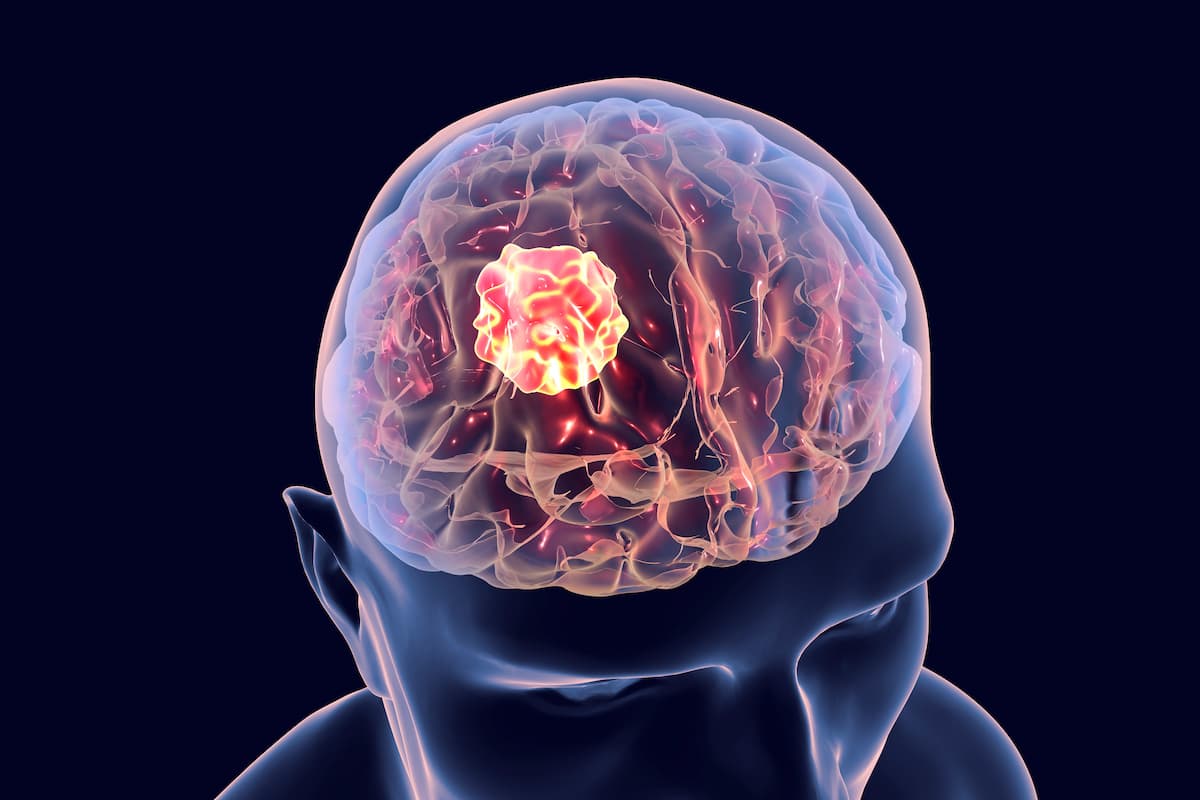FDA Grants Iopofosine I 131 Rare Pediatric Drug Designation in R/R Glioma
Interim data from the phase 1b CLOVER-2 trial evaluating iopofosine I 131 in children and adults with high-grade glioma supported the FDA’s decision.
The investigational radiopharmaceutical was well tolerated, with an observed toxicity profile consistent with previously reported safety data.

Iopofosine I 131 has received the FDA rare pediatric drug designation (RPDD) for the treatment of children, adolescents, and young adults with inoperable relapsed/refractory pediatric high-grade glioma (pHGG), according to a press release from the developer, Cellectar Biosciences.1
Forming the basis of the FDA decision was data from the phase 1b CLOVER-2 trial (NCT03478462), wherein escalating doses of iopofosine I 131 were evaluated in children, adolescents, and young adults with relapsed/refractory malignant tumors. According to data presented at the American Association for Cancer Research (AACR) Special Conference on Pediatric Cancer, 14 patients with brain malignancies received iopofosine I 131, including 7 who received a total administered dose (TAD) of at least 55 mCi.2
Among 6 patients treated with a TAD of at least 55 mCi of the agent, 2 (33%) attained a minor response, with all attaining at least stable disease after a median follow-up of 11.5 months (range, 4.9-14.9). The mean duration of clinical benefit (DOCB) for this patient group was 5.4 months (range, 1.9-11.0), with a mean progression-free survival (PFS) of 5.9 months (range, 2.1-11.2) and a mean overall survival (OS) of 8.1 months (range, 4.9-14.9).
In 5 patients who received a TAD of less than 55 mCi, there were no minor responses, with 1 (20%) patient achieving stable disease. Additionally, the mean DOCB, PFS, and OS were 1.6 months (range, 0.9-2.8), 1.8 months (range, 1.2-2.8), and 6.1 months (range, 3.2-7.7), respectively.
A total of 3 patients who received at least 4 total infusions and had a TAD of 55 mCi or more in part B were evaluable for efficacy. Of them, 2 (67%) patients attained a minor response, with 1 having attained stable disease. The mean OS was not reached in this cohort, and the mean DOCB and PFS were 7.9 months (range, 1.9-11.0) and 8.1 months (range, 2.1-11.2), respectively.
“Receiving rare pediatric disease designation for iopofosine I 131 underscores its potential to address one of the most devastating cancers affecting children and young adults. Combined with the encouraging interim results from our CLOVER-2 pHGG study, which showed meaningful improvements in progression-free and overall survival, this designation further validates the promise of our targeted radiotherapeutic approach,” James Caruso, president and chief executive officer of Cellectar, said in the press release.1 “We believe iopofosine I 131 represents a compelling opportunity for strategic collaboration to accelerate development and bring a potentially first-in-class therapy to patients who urgently need new options.”
Additionally, the investigational radiopharmaceutical was well tolerated, with an observed toxicity profile consistent with previously reported safety data. No cardiovascular, renal, or liver toxicities were observed on study, and there was an absence of peripheral neuropathy or significant bleeding. Furthermore, most adverse effects (AEs) were hematologic, but were predictable and manageable.
No treatment-related deaths were reported in the study.
The most common AEs of any grade included thrombocytopenia (79%), neutropenia, anemia, and white blood cell count decreases (all 64%), fatigue and nausea (both 36%), and vomiting (29%). The most common grade 3 AEs included anemia (43%), febrile neutropenia, thrombocytopenia, and sepsis (all 14%). Of note, 8 (57%) cases of grade 4 neutropenia, thrombocytopenia, and white blood cell count decreased each were observed in the study.
The phase 1b study evaluated iopofosine I 131 across 2 dosing cohorts, with the first cohort receiving two 20 mCi/m2 doses in 14-day cycles for 2 to 3 cycles; the second cohort received 10 mCi/m2 in each 14-day cycle for 3 to 4 cycles. Part A of the study found that the maximum tolerated dose for patients 10 years and older was a 60 mCi/m2 fractioned dose on days 1 and 15 of the study.
Among all patients enrolled with brain malignancies (n = 14), the primary diagnoses included ependymoma (43%) and diffuse intrinsic pontine glioma (29%). Additionally, 64% of patients were male, and the median age was 13 years (range, 5-25). The mean number of prior interventions was 4.4.
The part A portion of the study primarily assessed the safety and tolerability of iopofosine I 131 among children, adolescents, and young adults with relapsed/refractory malignant solid or brain tumors. The part B portion of the study enrolled exclusively those with pHHG ages 10 to 25, with a primary end point of PFS. Secondary end points included OS, DOR, and DOCB, plus determining the recommended phase 2 dose and schedule, and dosimetry.
References
- Cellectar Biosciences receives rare pediatric disease designation from U.S. Food and Drug Administration for iopofosine I 131 in relapsed or refractory pediatric high-grade glioma. News release. Cellectar Biosciences. October 27, 2025. Accessed October 29, 2025. https://tinyurl.com/bdetup7e
- Precision radiotherapy for incurable brain tumors: Phase 1b dose & regimen optimization study of iopofosine I 131 in inoperable relapsed or refractory pediatric high-grade glioma, interim data assessment. Cancer Res. 2025;85(suppl 2):A019. doi:10.1158/1538-7445.PEDIATRIC25-A019